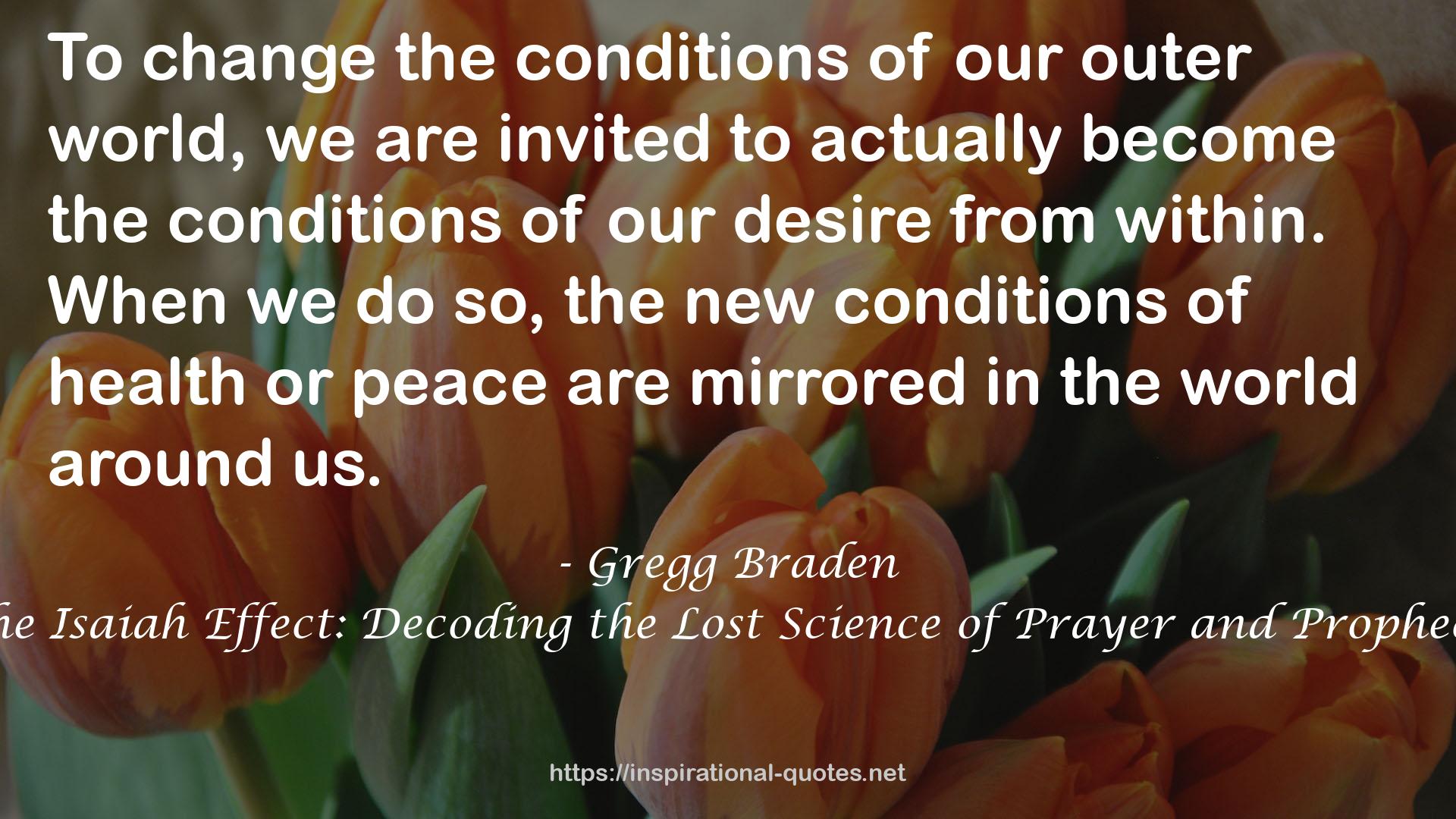The Isaiah Effect: Decoding the Lost Science of Prayer and Prophecy QUOTES
SOME WORKS
- Ficciones
- Fall Winter Collections
- Soldier and Spice - An Army Wife's Life
- You Know When the Men Are Gone
- No Man's War: Irreverent Confessions of an Infantry Wife
- It
- Right of Way
- I Like You Just the Way I Am: Stories About Me and Some Other People
- Take Me Home
- My Boyfriends' Dogs: The Tales of Adam and Eve and Shirley

